Webbed feet are a type of bird foot configuration where the toes are connected by a membrane or “webbing.” This adaptation is primarily seen in birds that spend a lot of time in the water, as the webbed feet act like paddles, making swimming more efficient. The following species showcase the utility of webbed feet, significantly enhancing their swimming abilities and aquatic lifestyles.
Example Species with Webbed Feet:
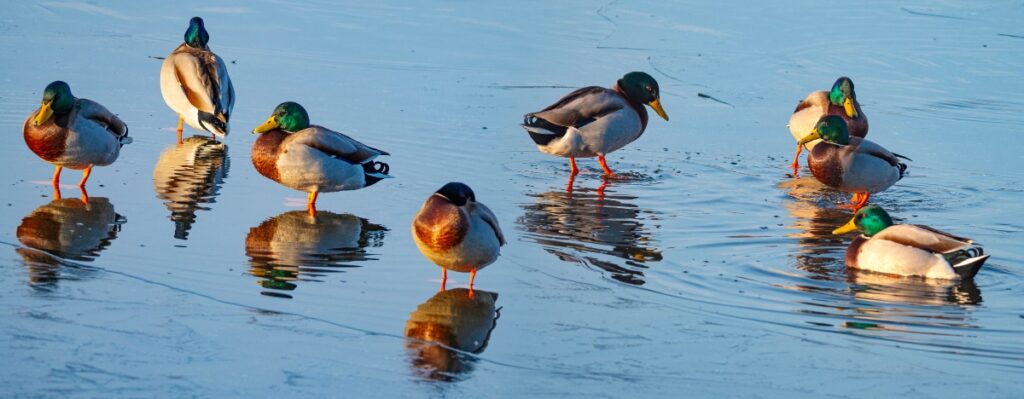
Mallard Duck (Anas platyrhynchos): The Mallard uses its webbed feet to efficiently paddle through water bodies.
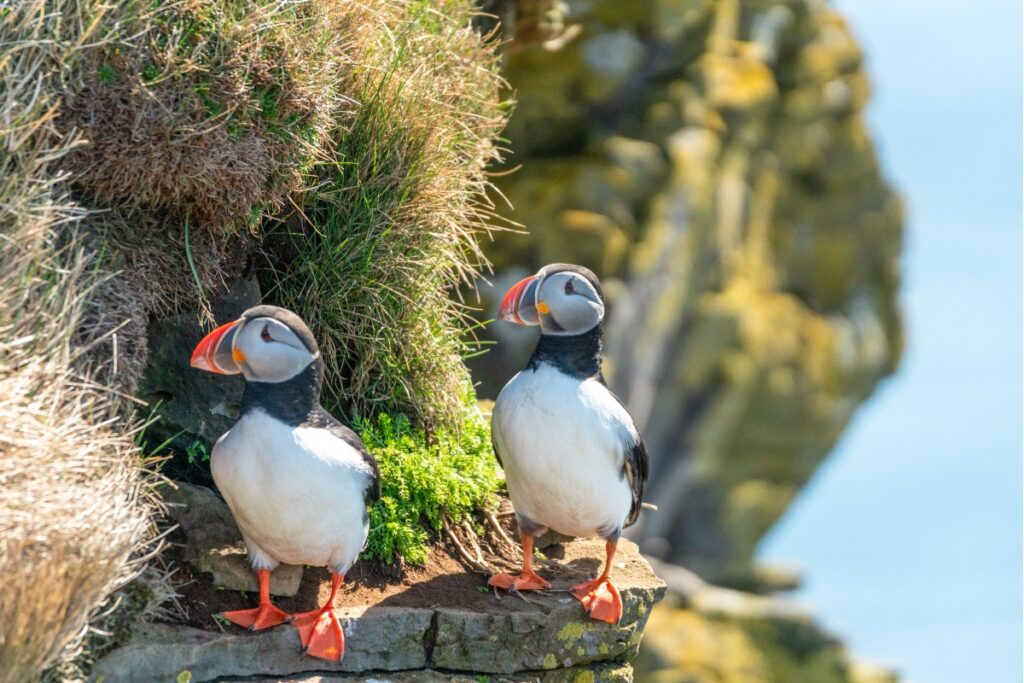
Atlantic Puffin (Fratercula arctica): This seabird uses its webbed feet to swim underwater in search of fish.
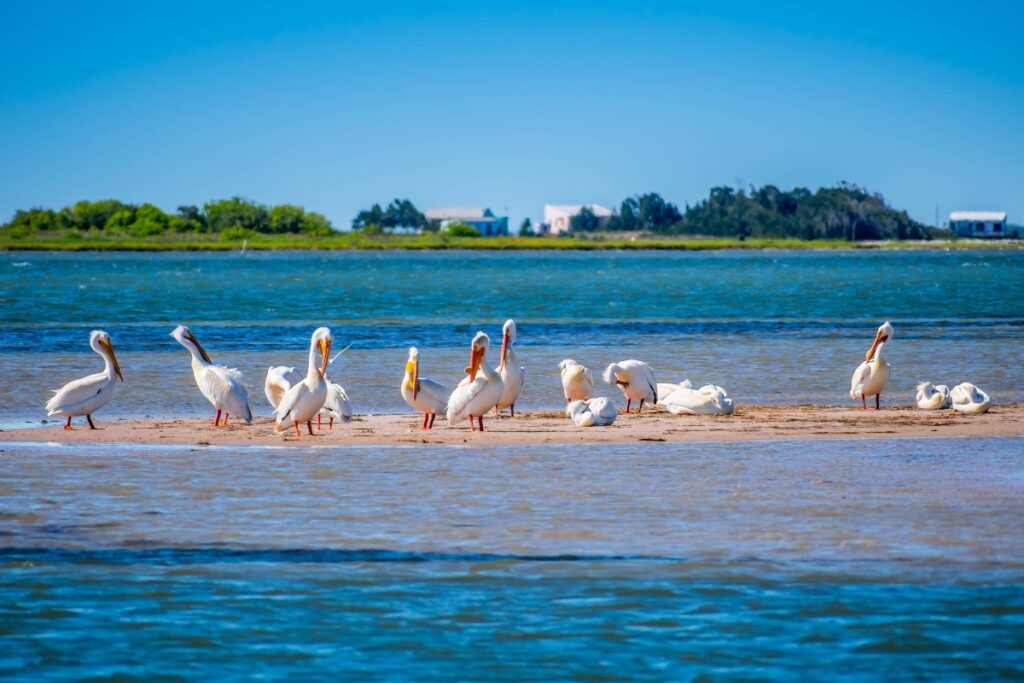
American White Pelican (Pelecanus erythrorhynchos): The pelican uses its large, webbed feet to aid in swimming and taking off from the water.
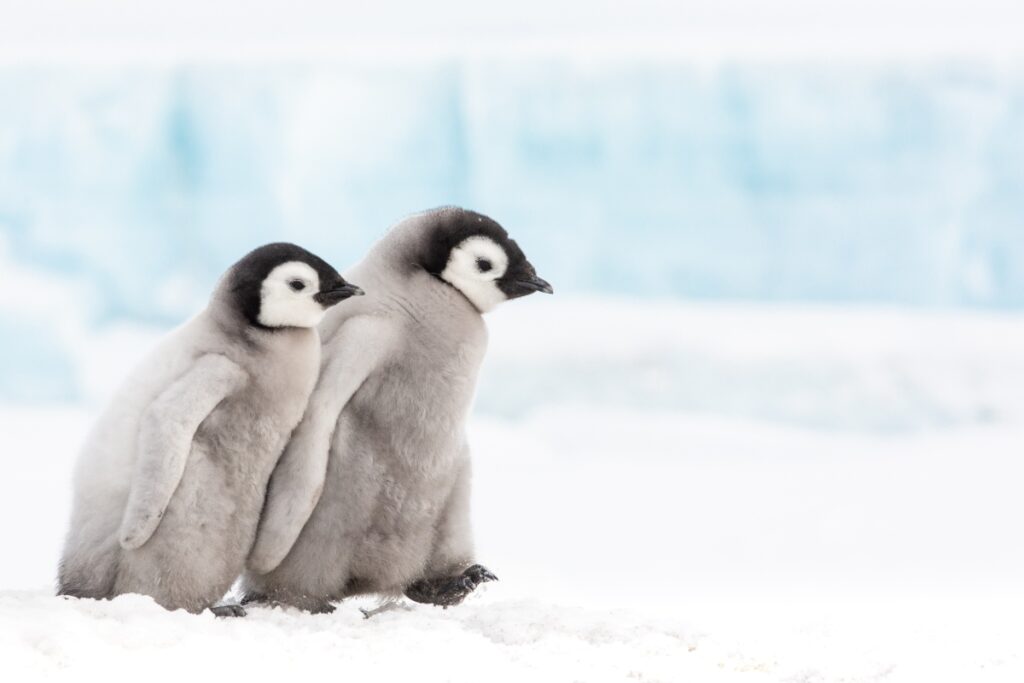
Emperor Penguin (Aptenodytes forsteri): Emperor Penguins use their webbed feet for swimming and steering in frigid Antarctic waters.
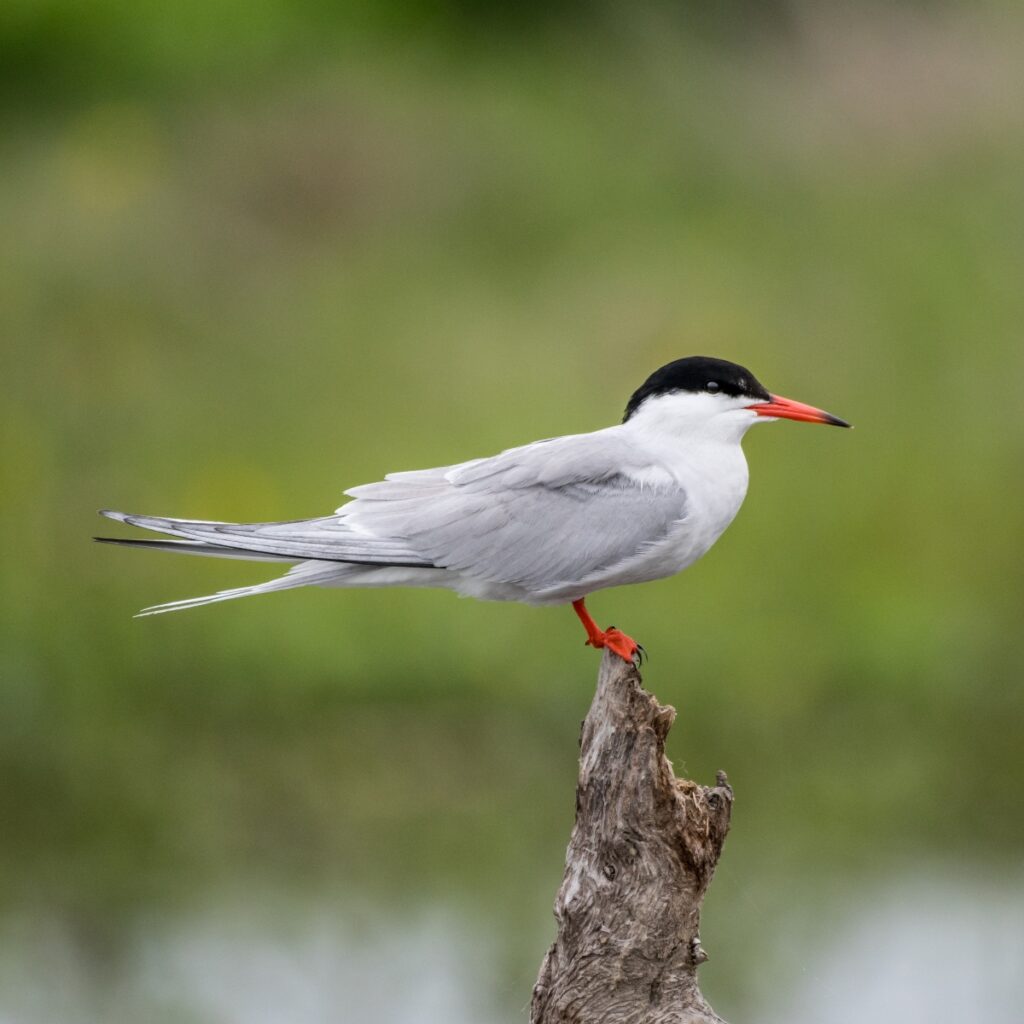
Common Tern (Sterna hirundo): The Common Tern utilizes its webbed feet to paddle and navigate while foraging over water surfaces.